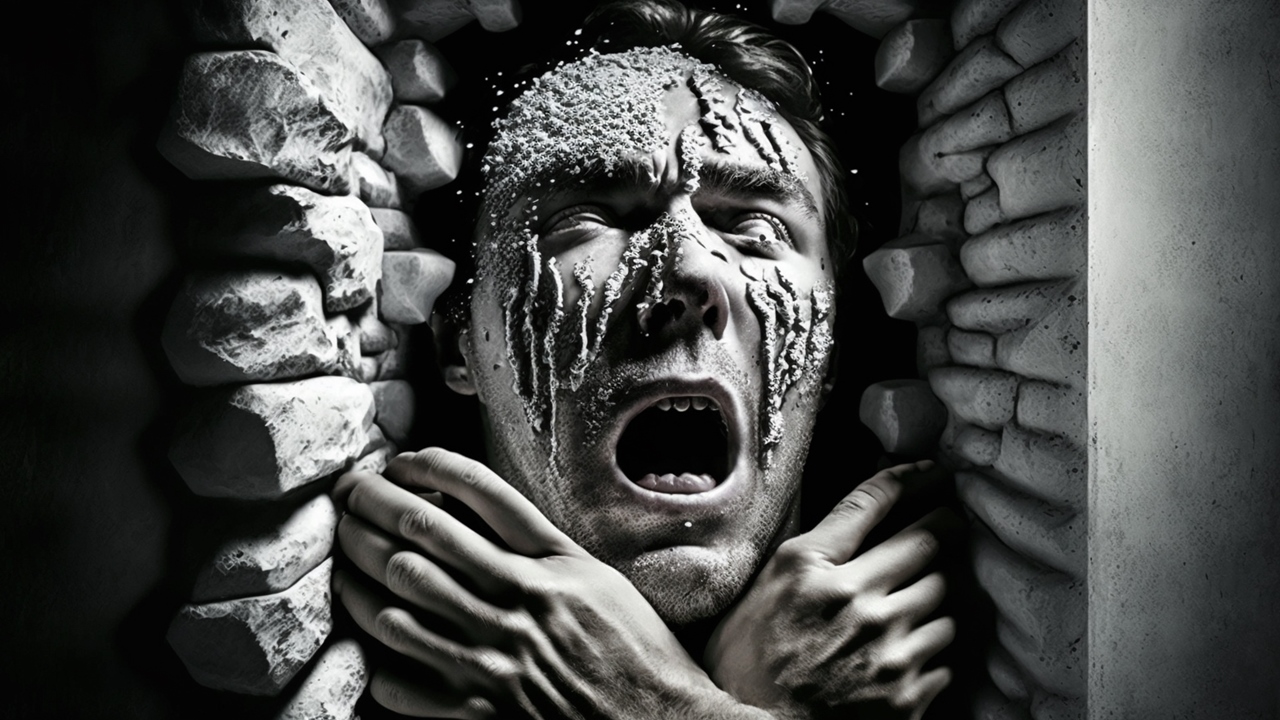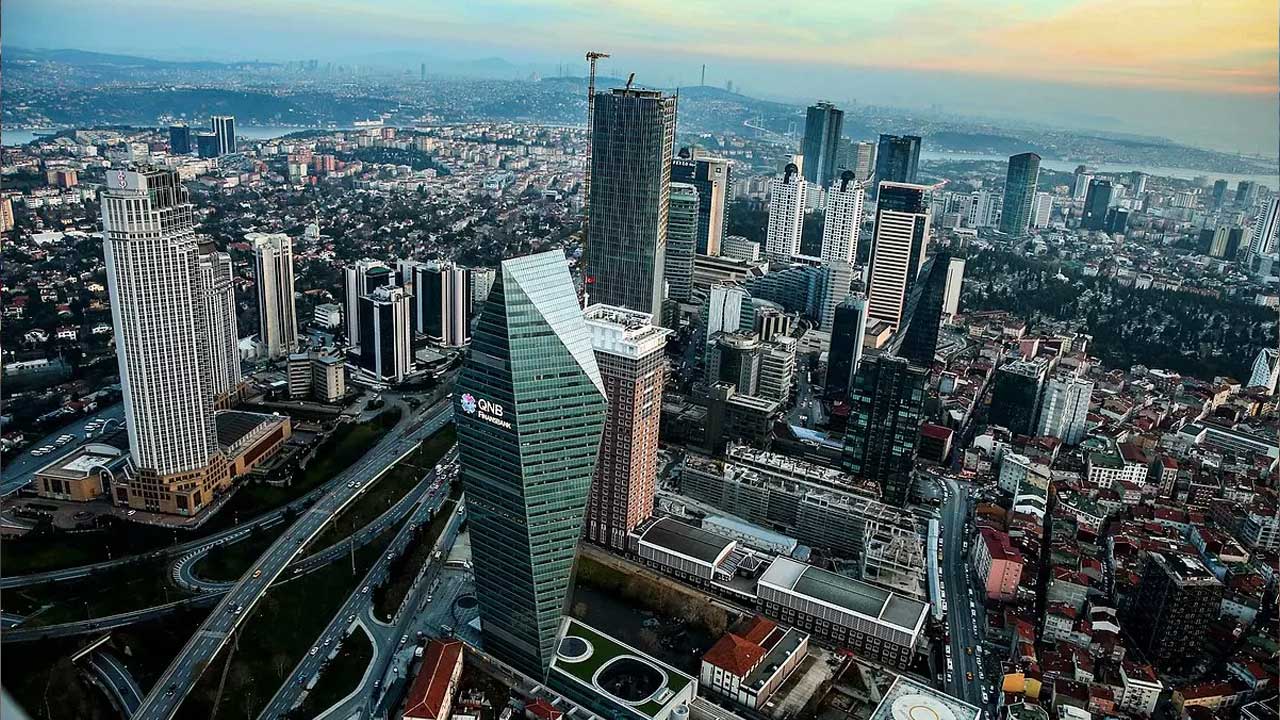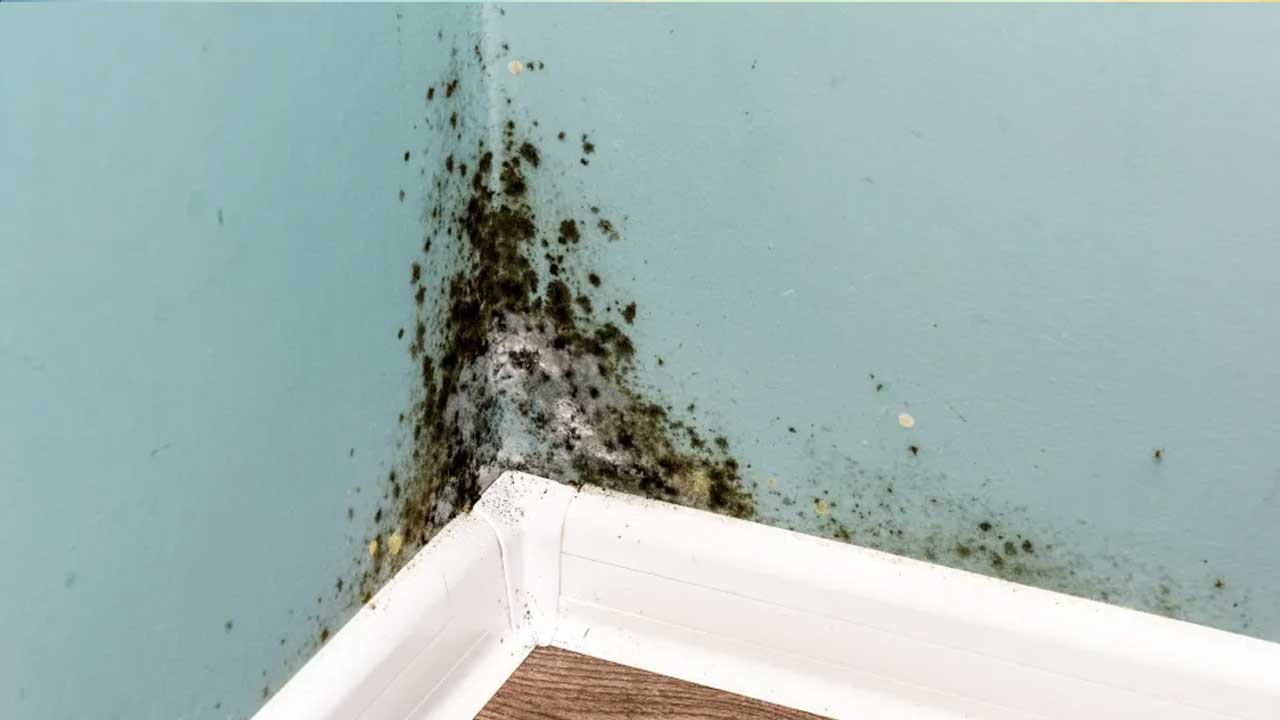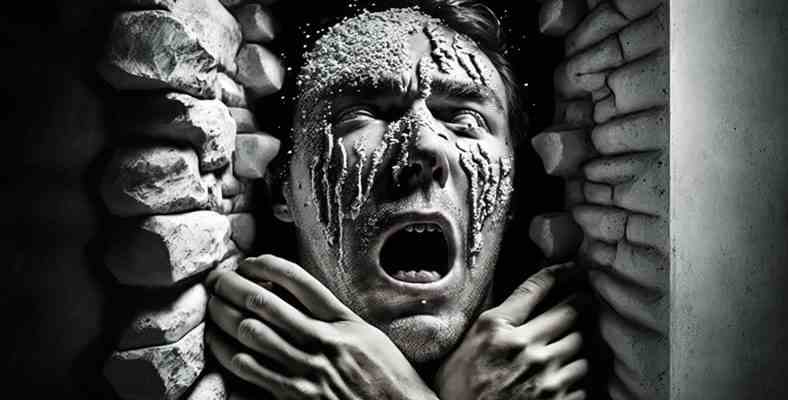We spend most of our daily lives indoors such as home and workplace. The “sick building syndrome (RLS)”, which we will explain shortly, is a disease that tends to occur in these closed areas, especially in the workplace.
It is often associated with “sick building syndrome” when we begin to show certain symptoms where we live or work. if your symptoms are decreasing You may also have sick building syndrome.
Sick building syndrome, also known as sick building syndrome, has been progressively progressing since the 1970s. building-related illnessIt can make our daily life unbearable by causing psycho-social risk factors such as anxiety and stress as well as physical symptoms.
sick building syndrome; In confined spaces, it is linked to the appearance of physical and psychological symptoms.
If you have sick building syndrome, you’re usually at work or at home. physical or psychological symptoms you may feel sick.
These symptoms are when he leaves the confined space You will notice that it starts to decrease. However, it is not possible to give a clear diagnosis to people who show symptoms.
Symptoms of sick building syndrome:

- Headache
- Eye, nose or throat ailments
- Cough
- dry or itchy skin
- dizziness
- Nausea
- concentration disorders
- Hypersensitivity to smell
- Shortness of breath
- General muscle-joint pain
- Anxiety, irritability or stress
Sick building syndrome can occur for many different reasons.

There are many different factors among the causes that play a role in the emergence of this syndrome. The energy crisis in the 1970s, to save energy and reduce the cost of heating airtight buildings construction is one of the main reasons.
Increasingly large buildings, plazas, skyscrapers, towers and residences; that we continue our business and social life our living spaces, paved the way for the emergence of this disease.
Maybe we are preparing the environment for physical factors.

As well as poorly designed air conditioning, heating and ventilation systems indoor air pollutants (materials such as paint, carpet, upholstery, adhesive or cleaning products, office supplies and machinery) can also cause sick building syndrome.
In addition to these, the outside air entering the building can also cause indoor air pollution. Contaminants from motor vehicle exhausts, plumbing vents or building exhausts, poorly placed aspiration vents, windows or other openings can enter your building.
The role of biological pollutants in sick building syndrome is undeniable.

Biological pollutants that cause building-dependent disease are; very easy to breed bacteria, mold, pollen and virus.
According to a study, women more unfavorable and unhealthy Since they work under these conditions, the rate of getting sick building syndrome is higher.
Psycho-social factors such as workload-related stress may also be making you sick.

building-related illness; such as excessive workload, conflict in the work environment, position in the work hierarchy, and emotional instability. with psycho-social factors may occur.
Briefly; full of restlessness, mentally or physically very tiring, where you cannot get along with your teammates and you don’t feel happy If you work in an environment, you are more likely to get sick building syndrome.
So how do we prevent this sick building syndrome?

Within the scope of the regulations regarding the settlement plan; Paying attention to the office and home order, keeping the photocopiers away to avoid emissions, constructing buildings that comply with workplace regulations help to prevent sick building syndrome.
At the same time, in the work environment, including break rooms attention to cleanliness quite important. Even keeping the sounds at appropriate levels, comfortable seats and an aesthetic decor in the environment play a role in preventing the building-related syndrome.
When it comes to ventilation and lighting, it is necessary to constantly ensure the appropriate room temperature, correct lighting, appropriate ventilation and ensuring fresh air intakeRegular cleaning of carpets, floors and pollutants are among the measures we can take to prevent building-related disease.
RELATED NEWS
